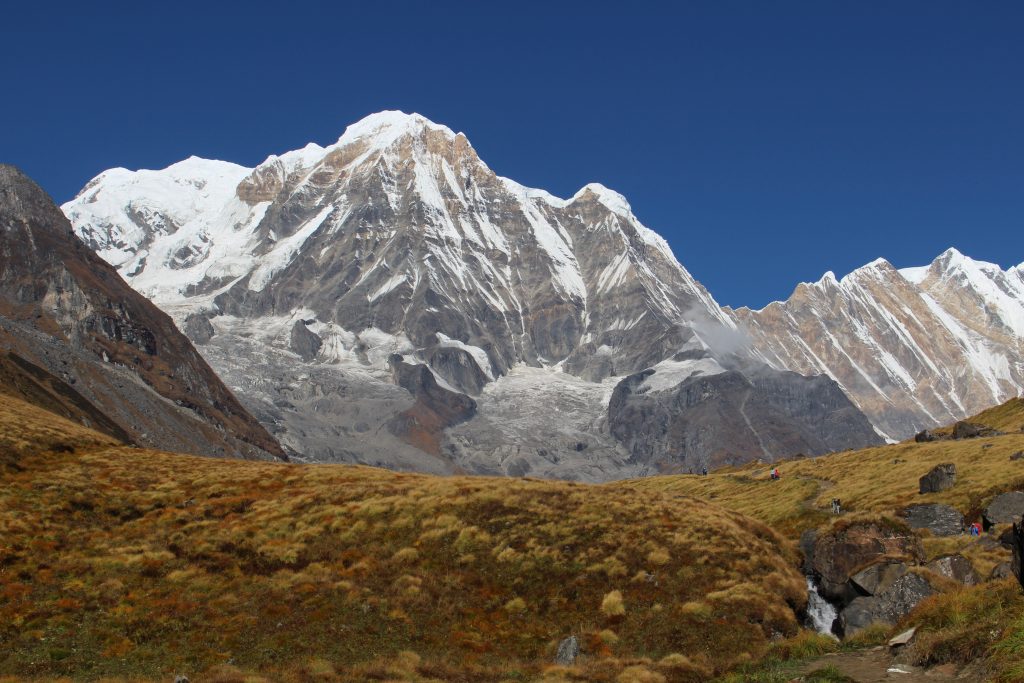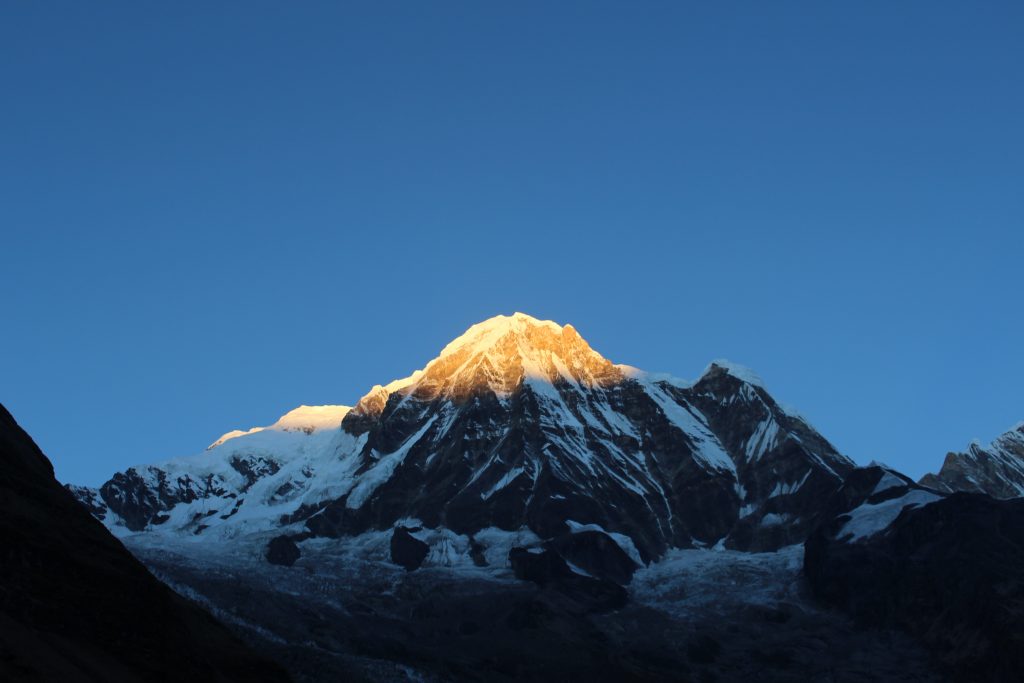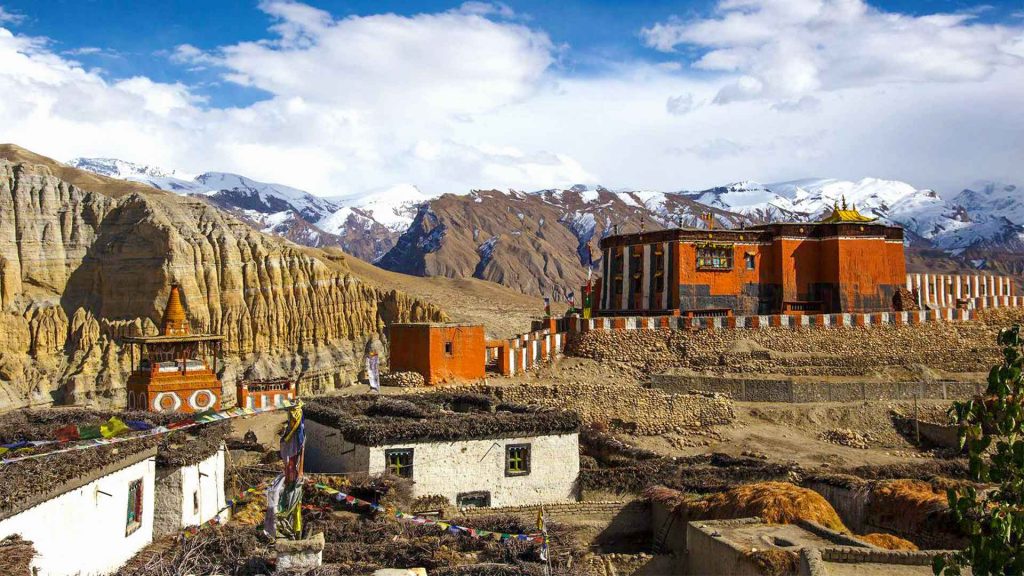Best Trekking Season
Trekking Season in Nepal
Choice of the Best Trekking season in Nepal for your trekking journey plays a vital role in determining how memorable and awesome your trek might be. Some people ruin their journey due to the bad choice of the season while some get a chance to endeavor the beauty of the Himalayas, lush hills, valleys, rivers and other landscape at its fullest.
Generally, autumn season (September- November) and spring season (March-May) is considered as the best trekking season in Nepal. However, the best season for your visit might differ as per your purpose for travel to Nepal.
Which is the best trekking season for you?
Autumn season (September – November)
If you want to endeavor the beauty of Nepal to its fullest, then this season is the best one for you. This is the most preferred season when the weather is stable, dry and clear. At this time of year, the sky is clear and you will be blessed with the best views of the mountains ever. Also, the trail is neither too wet nor too slippery. The lush valleys, hills, forests, river and waterfalls, you can see the blend of natural beauty in its most beautiful attire. For an example, Everest Base Camp Trekking is considered best for this season.

Winter season (December – February)
December to February is the coldest time of the year in Nepal. If you think cold weather is not a big deal, then this season is also a good season for trekking. However, trekking to high altitude is not recommended as everything is covered with snow and the temperature is very low. But as the weather is dry, this season can be awesome for those who would love to opt for trekking to the lower altitude regions of Nepal. If you have time, do Annapurna Base Camp Trekking in this season. Many other treks are available in the Annapurna region during this season and all of them provides exotic experience. Have a look at Annapurna Region trekking.

Spring season (March-May)
Imagine yourself walking through a dense rhododendron forest with the colorful rhododendron flowers decorating the trees! Yes, it can be true if you opt to travel to Nepal from March to May. At this time of year, the temperature rises but the possibility of precipitation remains. The flower blossoms and the environment is lush, beautiful and colorful which makes the atmosphere vibrant. If you like longer treks why not try Annapurna Circuit trekking with Tilicho Lake and it is worth it.

Summer season (June – August)
Generally, summer is not so preferred time of the year for trekking. Monsoon starts which make the skies cloudy, roads muddy and slippery. Leeches in the trails and the unclear mountain views due to the clouds on the sky, everything about this season is not so charming.
However, Nepal Lion Treks is with you no matter whatever the season.

The weather may be sunny or rainy, cold or moist, we take you to your preferred places at any time of the year. Upper Mustang Trekking offers many things during this season.
Trip Grade
Nature has always been kind to its lovers and admirers. It has always been ready to offer them with whatever it has for them to shower with. But it is up to us how much we can take it! How much we can endeavor!
Owning varieties of beautiful landscapes and Himalayan panorama, trekking in Nepal has always been a topic of interest around the globe. The world’s highest peak- Mt. Everest and other towering picks have always allured millions of trekkers around. But trekking along these trials is not always easy. Every trial has its own demand. Some trials are easy; some are moderate while others are strenuous and more than strenuous. The physical endurance required to accomplish a trek differs from one to another.
Therefore, you need to make the right choice knowing your level of physical endurance. On the basis of the physical endurance required, we have categorized treks into the following six categories:
Easy
The elevation gain rises to 4000m and the hiking hour increases to 7 hours per day. You need to prepare yourself for a long walk in not so well leveled paths in a colder atmosphere.
Demanding
The elevation gain rises over 5000m. Trekkers have to walk along unleveled trials uphill and downhill. Steep ascend and descend is also necessary. As you need to acclimatize yourself, the trekking hours are normally 7-8 hours over 13-19 days span.
Very strenuous
The trekkers must be able to have high physical endurance with knowledge of climbing and dealing with the difficult and challenging terrain. The hiking elevation rises to 6000m and over therefore climber should be able to withstand cold. These trekking are generally for experienced trekkers and climbers?
 Address
Address Address
Address